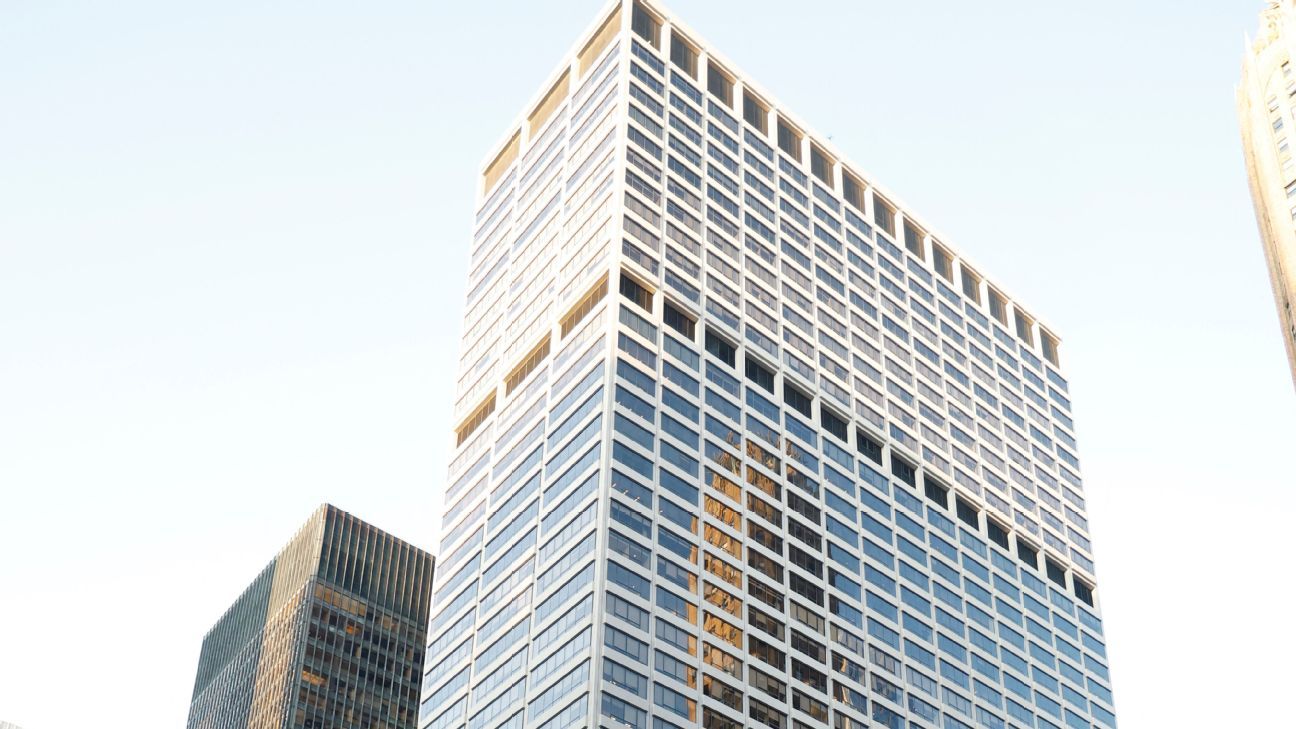Derechos: What They Are, How They Form, And How To Stay Safe

Welcome to your ultimate source for breaking news, trending updates, and in-depth stories from around the world. Whether it's politics, technology, entertainment, sports, or lifestyle, we bring you real-time updates that keep you informed and ahead of the curve.
Our team works tirelessly to ensure you never miss a moment. From the latest developments in global events to the most talked-about topics on social media, our news platform is designed to deliver accurate and timely information, all in one place.
Stay in the know and join thousands of readers who trust us for reliable, up-to-date content. Explore our expertly curated articles and dive deeper into the stories that matter to you. Visit Best Website now and be part of the conversation. Don't miss out on the headlines that shape our world!
Table of Contents
Derechos: Nature's Straight-Line Winds – Understanding, Preparing, and Staying Safe
Derecho. The word itself sounds ominous, and for good reason. These powerful, widespread windstorms are nothing to take lightly. Unlike tornadoes, which are characterized by rotating winds, derechos are characterized by straight-line winds exceeding 58 mph (93 km/h) extending for at least 240 miles (390 km). Understanding what they are, how they form, and how to protect yourself is crucial for staying safe during these intense weather events.
What is a Derecho?
A derecho (pronounced deh-REY-cho) is a widespread, long-lived wind storm associated with a band of rapidly moving showers or thunderstorms. These storms produce damaging winds that can cause significant damage to property and infrastructure. The term "derecho" itself is Spanish for "straight," perfectly reflecting the nature of the destructive winds. The National Weather Service (NWS) defines a derecho based on the extent and intensity of its damaging winds, not on its appearance or the presence of rotation.
The key characteristics that differentiate a derecho from other severe thunderstorms include:
- Widespread damage: Damage must extend over a substantial area, generally more than 240 miles (390 km).
- High wind speeds: Sustained winds must exceed 58 mph (93 km/h) in numerous locations within the swath of damage.
- Straight-line winds: The winds are predominantly straight-line, not rotational like in a tornado.
How Do Derechos Form?
Derechos are typically associated with mesoscale convective systems (MCSs), large clusters of thunderstorms that can span hundreds of miles. These systems form under specific atmospheric conditions, including:
- Strong upper-level winds: A strong jet stream helps organize and propel the thunderstorm cluster.
- Abundant atmospheric moisture: Ample moisture provides the fuel for thunderstorm development.
- Instability in the atmosphere: A significant temperature difference between the surface and upper atmosphere creates instability, leading to the rapid development of thunderstorms.
As the MCS moves, the strong downdrafts from the thunderstorms create a "bow echo" on radar, a characteristic curved shape indicating the intense outflow of damaging winds. This bow echo is often a key indicator for meteorologists predicting a derecho. The speed and longevity of the derecho depend on the strength and organization of the MCS and the atmospheric conditions.
Staying Safe During a Derecho
The destructive power of a derecho demands careful preparation and awareness. Here's how to stay safe:
- Stay informed: Monitor weather forecasts and warnings from the NWS closely. Sign up for weather alerts on your phone.
- Develop a safety plan: Know where to seek shelter in your home or workplace. A basement or interior room on the lowest level is ideal.
- Secure loose objects: Bring outdoor furniture, garbage cans, and anything else that could be blown around indoors.
- Avoid driving: If possible, avoid driving during a derecho. Strong winds can make driving extremely dangerous. If you must drive, be aware of downed power lines and debris.
- Have an emergency kit: Prepare an emergency kit with essential supplies like water, food, flashlights, batteries, and a first-aid kit.
Derechos are formidable weather events capable of causing significant damage. By understanding their formation, characteristics, and taking appropriate safety precautions, you can significantly reduce your risk and protect yourself and your property. Remember, preparation is key to staying safe during these powerful windstorms. Consult your local NWS office for more specific information and safety guidance relating to your area.

Thank you for visiting our website, your trusted source for the latest updates and in-depth coverage on Derechos: What They Are, How They Form, And How To Stay Safe. We're committed to keeping you informed with timely and accurate information to meet your curiosity and needs.
If you have any questions, suggestions, or feedback, we'd love to hear from you. Your insights are valuable to us and help us improve to serve you better. Feel free to reach out through our contact page.
Don't forget to bookmark our website and check back regularly for the latest headlines and trending topics. See you next time, and thank you for being part of our growing community!
Featured Posts
-
 Football Whispers Latest On Pope Watkins Sesko Eze Mc Atee Sancho And Jackson
Jul 30, 2025
Football Whispers Latest On Pope Watkins Sesko Eze Mc Atee Sancho And Jackson
Jul 30, 2025 -
 Where To Stream 28 Years Later A Complete Guide For Home Viewers
Jul 30, 2025
Where To Stream 28 Years Later A Complete Guide For Home Viewers
Jul 30, 2025 -
 Cowboys Tyler Guyton Facing Time Off Due To Knee Injury
Jul 30, 2025
Cowboys Tyler Guyton Facing Time Off Due To Knee Injury
Jul 30, 2025 -
 New York City Nfl Building Shooting Leaves Two Injured Gunman Dead
Jul 30, 2025
New York City Nfl Building Shooting Leaves Two Injured Gunman Dead
Jul 30, 2025 -
 Are Paige De Sorbo And Amanda Batula Still Friends A Look At Their Relationship
Jul 30, 2025
Are Paige De Sorbo And Amanda Batula Still Friends A Look At Their Relationship
Jul 30, 2025
Latest Posts
-
 Mlb Trade Deadline Buzz Examining The Edward Cabrera To Astros Rumors
Jul 31, 2025
Mlb Trade Deadline Buzz Examining The Edward Cabrera To Astros Rumors
Jul 31, 2025 -
 Delta Flight Diverts To Minneapolis St Paul Airport Following Mid Flight Turbulence
Jul 31, 2025
Delta Flight Diverts To Minneapolis St Paul Airport Following Mid Flight Turbulence
Jul 31, 2025 -
 Salud De Los Famosos En La Casa De Mexico Ultimo Reporte
Jul 31, 2025
Salud De Los Famosos En La Casa De Mexico Ultimo Reporte
Jul 31, 2025 -
 Ninel Conde Y Adrian Marcelo Un Romance En Puerta Insomnio Y Revelaciones
Jul 31, 2025
Ninel Conde Y Adrian Marcelo Un Romance En Puerta Insomnio Y Revelaciones
Jul 31, 2025 -
 Como Ver La Casa De Los Famosos Mexico En Vivo En Usa
Jul 31, 2025
Como Ver La Casa De Los Famosos Mexico En Vivo En Usa
Jul 31, 2025
